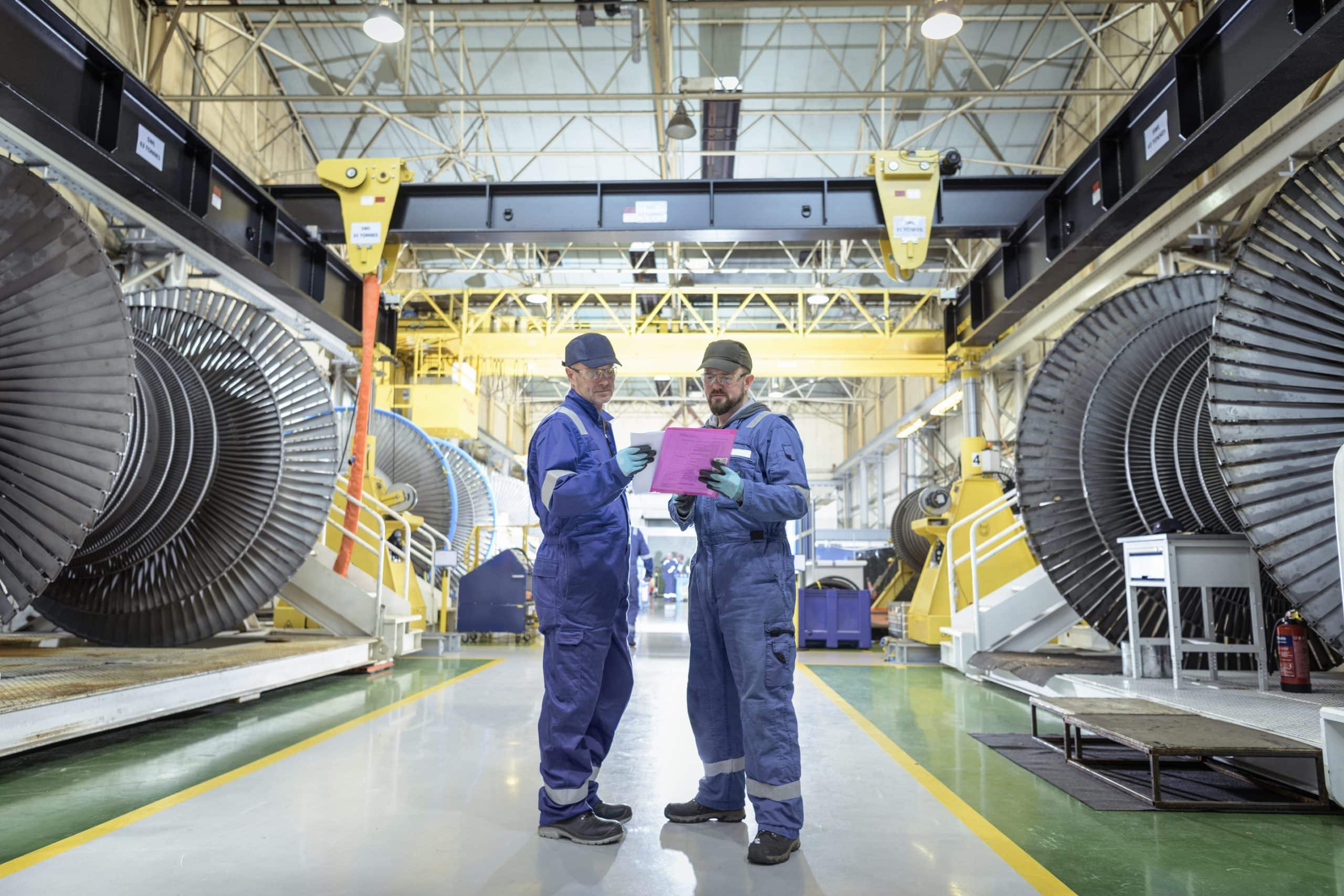How Is Artificial Intelligence Applied in Predictive Maintenance for Manufacturing?

As the world continues to embrace the digital revolution, predictive maintenance (PDM) has proven a boon for the manufacturing industry. By implementing AI and machine learning algorithms, companies can foresee potential equipment failures and downtime, thereby reducing costs and boosting efficiency. This article delves into the application of AI in predictive maintenance, providing insights into data-based models, real-time monitoring systems, and the transformative potential of AI.
The Concept of Predictive Maintenance
Predictive maintenance represents a forward-thinking approach to equipment and asset management. Rather than adhering to a schedule or reacting to equipment failure, PDM utilizes AI and machine learning to predict when a machine might fail. This proactive approach can save significant time and money and improve overall productivity.
Also read : The NISS and changes in situation
Traditionally, maintenance was either reactive (fixing things when they broke) or preventive (regularly scheduled upkeep). Both these models had significant drawbacks. Reactive maintenance could result in unexpected downtime, while preventive maintenance often meant unnecessary intervention, leading to inflated costs. Predictive maintenance, in contrast, promises to optimize these processes by predicting failures before they occur.
Role of AI and Machine Learning in Predictive Maintenance
AI and machine learning play an integral role in predictive maintenance. AI algorithms can analyze large volumes of data and identify patterns or anomalies that might signify a potential failure. Machine learning models, meanwhile, can learn from this data, improving their predictions over time.
In the same genre : What Is the Potential of Algae Biofuels in Reducing Carbon Emissions?
These technologies provide real-time monitoring, allowing manufacturers to act quickly when a potential problem arises. AI algorithms can also provide insights into the overall health of a system, giving manufacturers a better understanding of their equipment’s lifespan and performance.
For instance, a machine learning model can analyze data from an assembly line, identifying patterns that might indicate a potential slowdown or stoppage. By alerting operators to these issues before they become serious, companies can prevent costly downtime and maintain productivity.
The Power of Data in Predictive Maintenance
Data is the lifeblood of predictive maintenance. Every machine in a manufacturing environment generates a wealth of data that can be analyzed to predict future performance. For example, data from sensors placed on equipment can monitor temperature, vibration, pressure, and other variables that may indicate a machine’s condition.
The more data available, the more accurate the predictive models become. AI algorithms can sift through this massive amount of information, identifying patterns and trends that could signify potential issues. This data can then be used to train machine learning models, refining their ability to predict machine failures and improve their accuracy over time.
Real-Time Monitoring and Decision Making
One of the major advantages of using AI in predictive maintenance is the ability to monitor equipment in real time. With traditional maintenance methods, data is often collected manually and analyzed after the fact. With AI, however, data can be analyzed as it comes in, allowing for instantaneous decision-making.
Real-time monitoring systems can send alerts when unusual patterns are detected, giving operators time to intervene before a small issue escalates into a major problem. This proactive approach can drastically reduce downtime, helping companies maintain productivity and reduce costs.
The Cost Benefits of Predictive Maintenance
Predictive maintenance can have a significant impact on a company’s bottom line. By predicting potential equipment failures, companies can avoid costly downtime and repair expenses. It also allows for more efficient use of maintenance resources, as technicians can focus their efforts where they’re most needed rather than performing routine checks.
Moreover, equipment that is well-maintained tends to have a longer lifespan, which can lead to substantial cost savings over time. By using predictive maintenance, companies can extend the life of their assets, in turn reducing the need for costly replacements.
In conclusion, predictive maintenance represents the future of asset management in manufacturing. By harnessing the power of AI and machine learning, companies can transform their maintenance programs, reducing costs, preventing downtime, and improving overall productivity.
The Future of Predictive Maintenance in Manufacturing
As the manufacturing industry continues to evolve, the future of predictive maintenance looks promising. The integration of artificial intelligence (AI) and machine learning is gradually transforming how companies manage their assets and conduct their maintenance schedules. The key to this transformation lies in data-driven decision making and the power of real-time monitoring.
Predictive maintenance is no longer an emerging trend, but a necessity for manufacturing firms that want to stay competitive. Advanced learning algorithms and deep learning techniques are being utilized to analyze sensor data, identify anomalies, and predict potential equipment failures. This allows maintenance teams to address issues proactively, reducing the frequency and impact of unexpected downtime.
Historical data plays a crucial role in shaping predictive maintenance strategies. Machine learning models learn from past data to make more accurate predictions about a machine’s future performance. The more data we feed these models, the better they get at predicting equipment failures with increased accuracy.
The use of AI-powered predictive models is not limited to predicting equipment failures. It can also help companies optimize their energy consumption. By analyzing multiple data points, AI can determine the most energy-efficient operating conditions for a machine, thereby helping to reduce energy costs.
The future of predictive maintenance also involves increased automation. As machine learning models become more accurate and reliable, it’s plausible to foresee a future where AI not only predicts potential failures but also takes proactive steps to prevent them. This might involve triggering maintenance procedures or adjusting machine parameters to mitigate the risk of failure.
Wrapping Up: The Impact of AI in Predictive Maintenance
In conclusion, the application of artificial intelligence in predictive maintenance is a game-changer for the manufacturing industry. It is not just about predicting when a machine might fail, but about creating a more efficient, cost-effective, and sustainable manufacturing process.
The ability to harness historical data, coupled with the real-time analysis of sensor data, allows companies to make data-driven decisions that can prevent equipment failures, reduce maintenance costs, and increase operational efficiency. Moreover, the predictive nature of AI and machine learning models allows maintenance teams to focus their efforts on critical issues rather than routine checks, enabling them to work more efficiently.
The role of AI in predictive maintenance is not limited to anomaly detection. It also plays a crucial role in optimizing energy consumption, extending the lifespan of machinery, and potentially automating maintenance procedures.
As the world moves deeper into the digital age, the impact of AI on predictive maintenance will only continue to grow. It signifies a significant shift from traditional reactive and preventive maintenance strategies towards a more proactive and efficient approach. This shift is likely to result in significant cost savings, improved productivity, and enhanced sustainability in the manufacturing industry. AI-powered predictive maintenance is not just a trend; it is the future of manufacturing.
